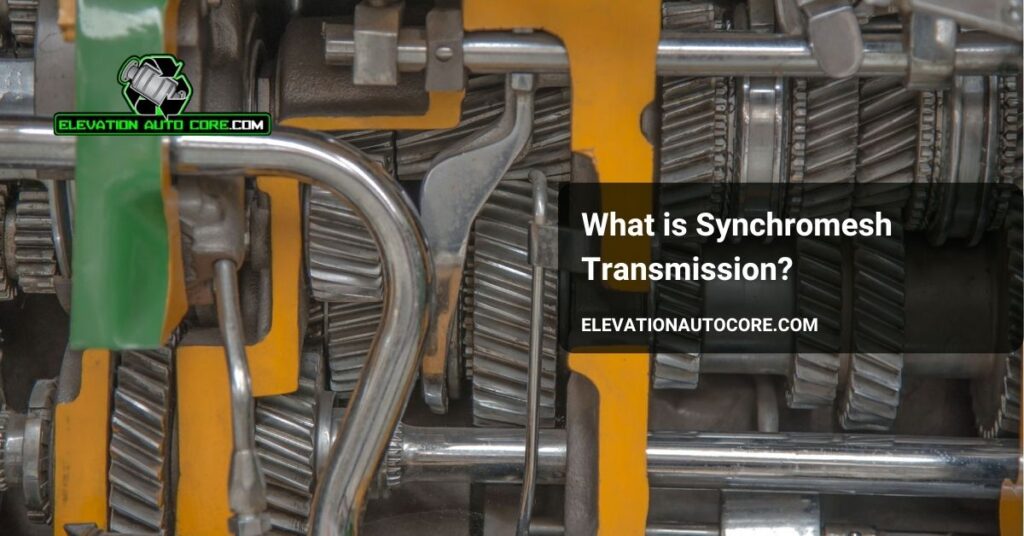What is synchromesh transmission, and why does it matter in modern vehicles? If you’ve ever wondered how your car shifts gears so smoothly, the answer lies in this ingenious system. Designed to synchronize gear speeds and eliminate grinding, synchromesh transmission revolutionized driving comfort and efficiency. Keep reading to uncover how it works and why it’s a game-changer for your ride.
What Is Synchromesh Transmission
Synchromesh transmission refers to a gear system designed to align the speeds of gears before engagement. It eliminates grinding by using synchronizer rings, ensuring seamless transitions between gears. Modern vehicles rely on this system to achieve smoother operation and improved durability.
This transmission type includes carefully engineered components like dog clutches, which enable precise locking. Synchronizers play a crucial role by matching rotational speeds between gears and shafts. By doing so, it reduces wear and simplifies gear shifting.
Vehicles featuring synchromesh systems often exhibit greater driving comfort. With smoother performance, these systems contribute to better fuel efficiency and reduced mechanical strain.
How Synchromesh Transmission Works
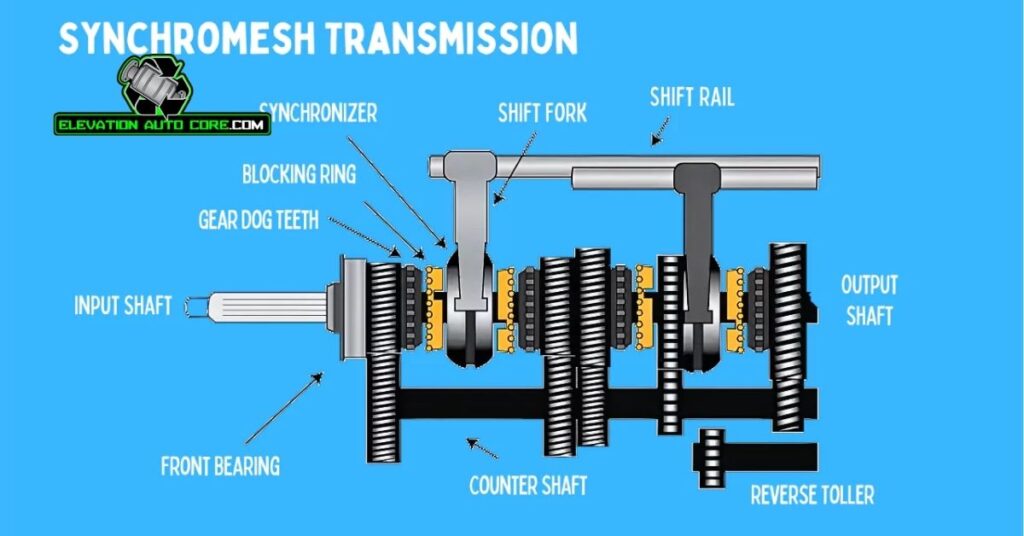
This system synchronizes gear speeds to enable smooth shifting without grinding. It incorporates specialized components and a clear process for efficient operation.
Key Components
Synchronizer rings play a critical role by matching the speed of the gears before engagement. These rings are positioned between the gear and the dog clutch. Dog clutches ensure a secure connection for gear locking, linking the input and output shafts effectively. Gears, arranged on two shafts, transmit torque by interlocking during the shifting process. Bearings reduce friction between rotating parts to increase durability. Selector forks move the gears into position when you shift, guided by the shift lever.
Functionality Process
Gear selection starts with the driver moving the shift lever. The selected movement aligns the selector fork to engage the desired gear. As this happens, synchronizer rings adjust the gear speeds to create perfect alignment. When synchronized, the dog clutch locks the gear into place with minimal resistance. This seamless process eliminates grinding and wear, improving driving comfort. Power then flows from the engine to the transmission, transferring torque to the wheels effectively.
Advantages Of Synchromesh Transmission
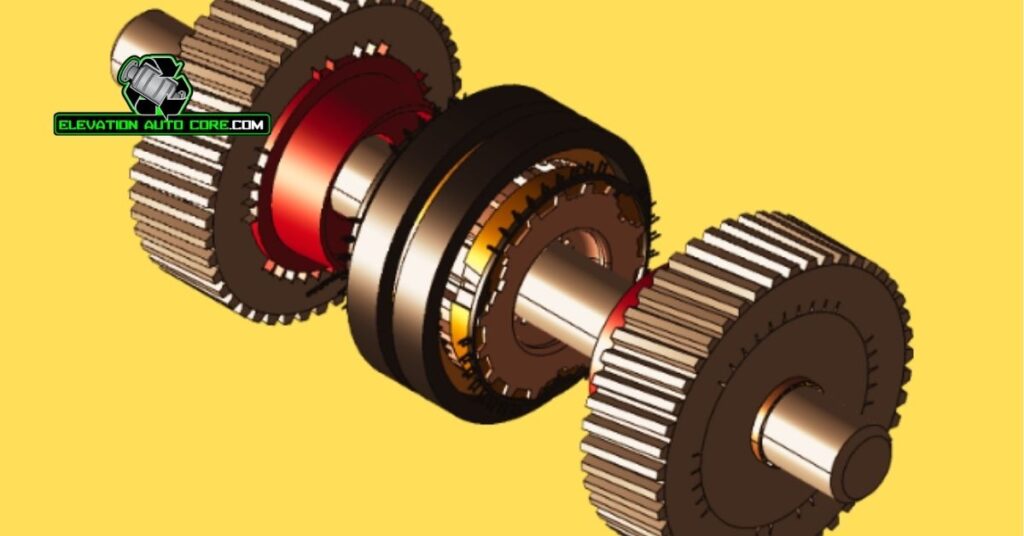
Synchromesh transmission ensures smooth gear shifting, significantly reducing the risk of gear grinding. This system aligns gear speeds efficiently, providing seamless transitions during operation. Driving becomes more comfortable as the synchronization eliminates jerky movements common in non-synchromesh systems.
It reduces mechanical strain on transmission components, extending the lifespan of gear systems. By minimizing wear, you can expect lower maintenance costs over time. Vehicles with synchromesh transmission also experience improved fuel efficiency due to optimized power transfer between the engine and wheels.
This type of transmission enhances control by simplifying the gear-shifting process. The synchronization helps you easily select gears without requiring precise timing, making it ideal for various driving conditions. Its reliability under diverse circumstances contributes to safer and more efficient vehicle performance.
Disadvantages Of Synchromesh Transmission
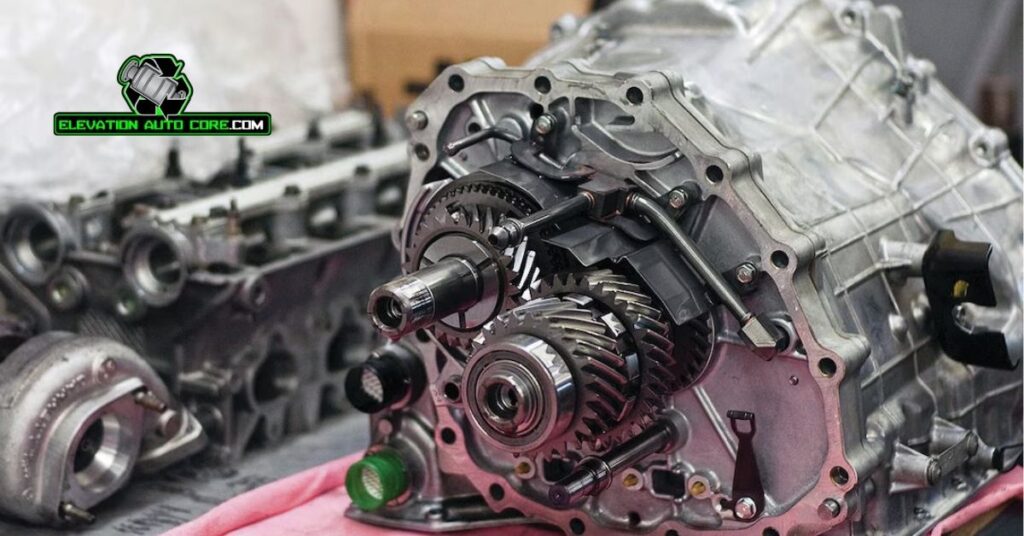
Synchromesh transmission often incurs higher manufacturing costs compared to simpler systems. The precision engineering and additional components, such as synchronizer rings, contribute to this increased expense.
It requires frequent maintenance under demanding conditions. High-speed or heavy-duty applications can cause wear and reduce longevity, particularly in synchronizer rings and dog clutches.
Energy loss occurs during operation. Synchronizer mechanisms introduce minor friction, which can lower mechanical efficiency compared to non-synchronized systems.
Damage risk increases if operated improperly. Aggressive gear shifting or failure to engage the clutch correctly may harm the internal components.
These transmissions tend to be less suitable for heavy trucks or buses. The complexity of synchronizers limits their durability in extreme torque conditions, making them more ideal for passenger vehicles.
Applications Of Synchromesh Transmission
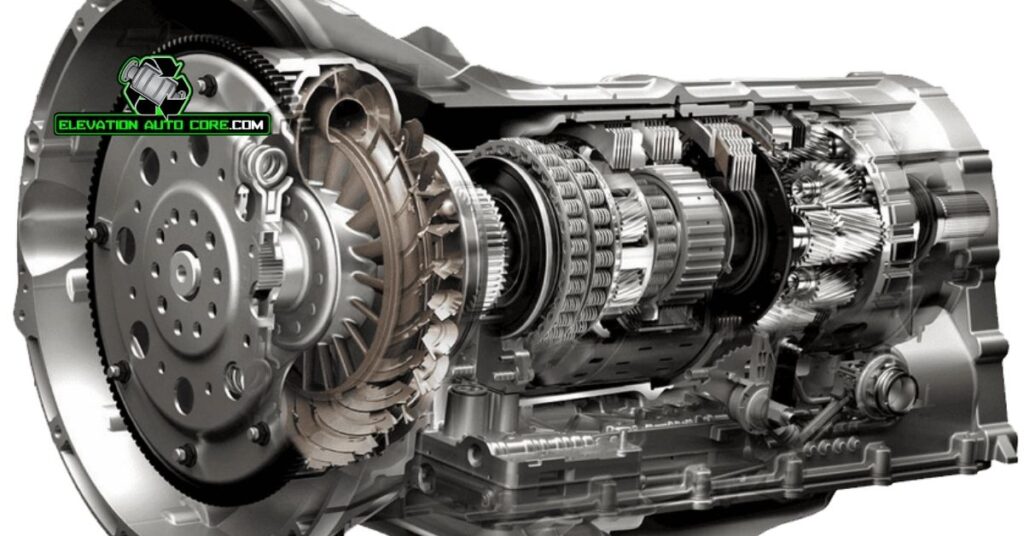
Passenger cars commonly use synchromesh transmission due to its ability to provide smooth gear transitions and enhance driving comfort. Modern sedans and hatchbacks benefit from this system, as its reduced mechanical strain ensures longer transmission life.
Sports cars often rely on synchromesh systems for precise and efficient gear shifting. High-performance vehicles leverage the synchronized mechanism to prevent gear grinding during rapid transitions, maintaining optimal performance at high speeds.
Light-duty commercial vehicles also integrate synchromesh transmission. Small delivery vans and utility vehicles use this setup to improve fuel efficiency and adapt to frequent stop-and-go scenarios without compromising durability.
Some motorcycles incorporate synchromesh transmission in their manual gear systems. By synchronizing gear speeds, these systems enhance rider control and reduce wear on gearbox components, especially during frequent shifts.
Educational institutions, particularly those offering automotive training, use synchromesh-equipped models for teaching. Students gain practical experience with real-industry vehicle systems, understanding smooth gear synchronization technologies.
Recreational vehicles like ATVs and quad bikes use these systems for better driver experiences on diverse terrains. Smooth gear changes ensure that power transitions effectively under varying load and traction conditions, improving safety and performance.
Conclusion
Understanding synchromesh transmission gives you a clearer picture of how modern vehicles achieve smoother, more efficient gear shifting. This advanced system not only enhances driving comfort but also optimizes performance and longevity for various types of vehicles. While it has its limitations, its benefits make it a cornerstone of automotive innovation. Whether you’re driving a passenger car or learning about automotive systems, synchromesh transmission plays a vital role in shaping your overall driving experience.

